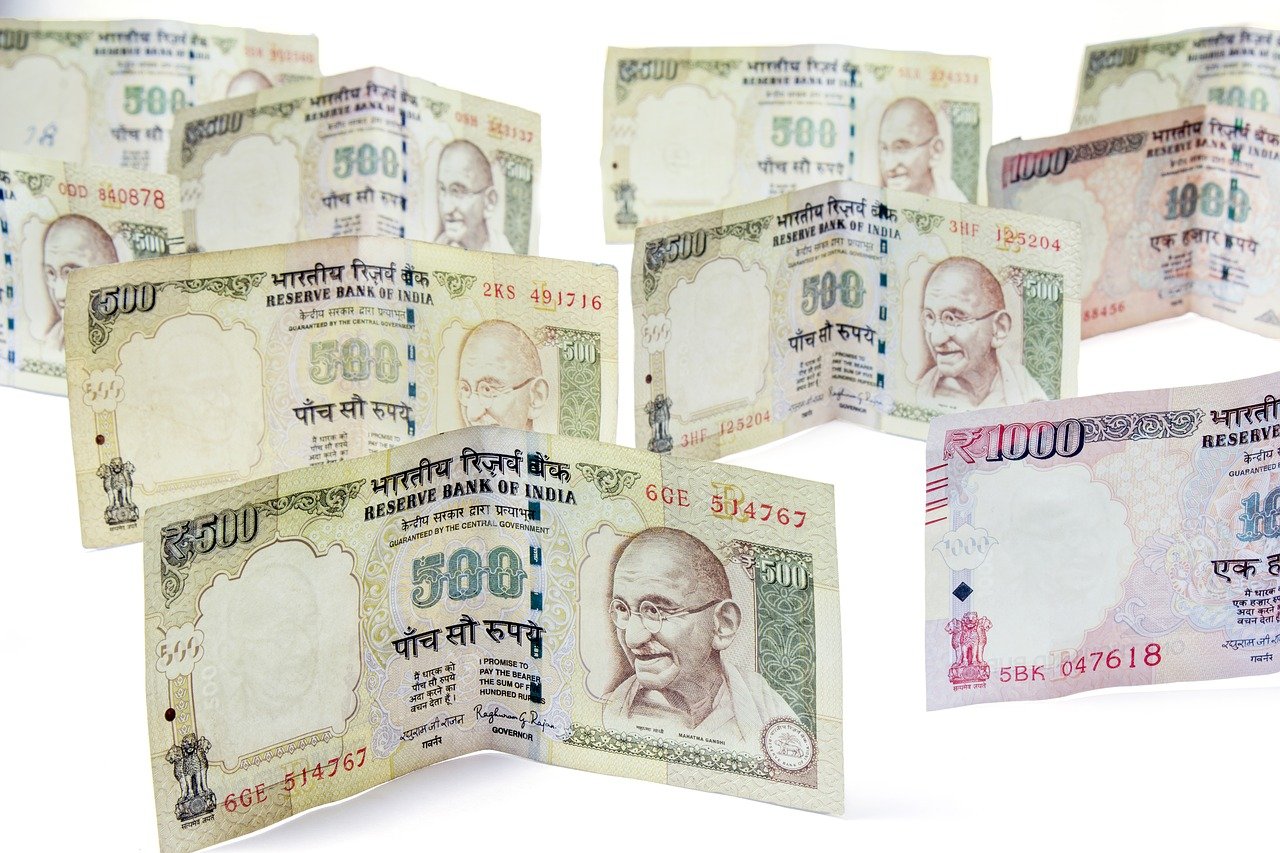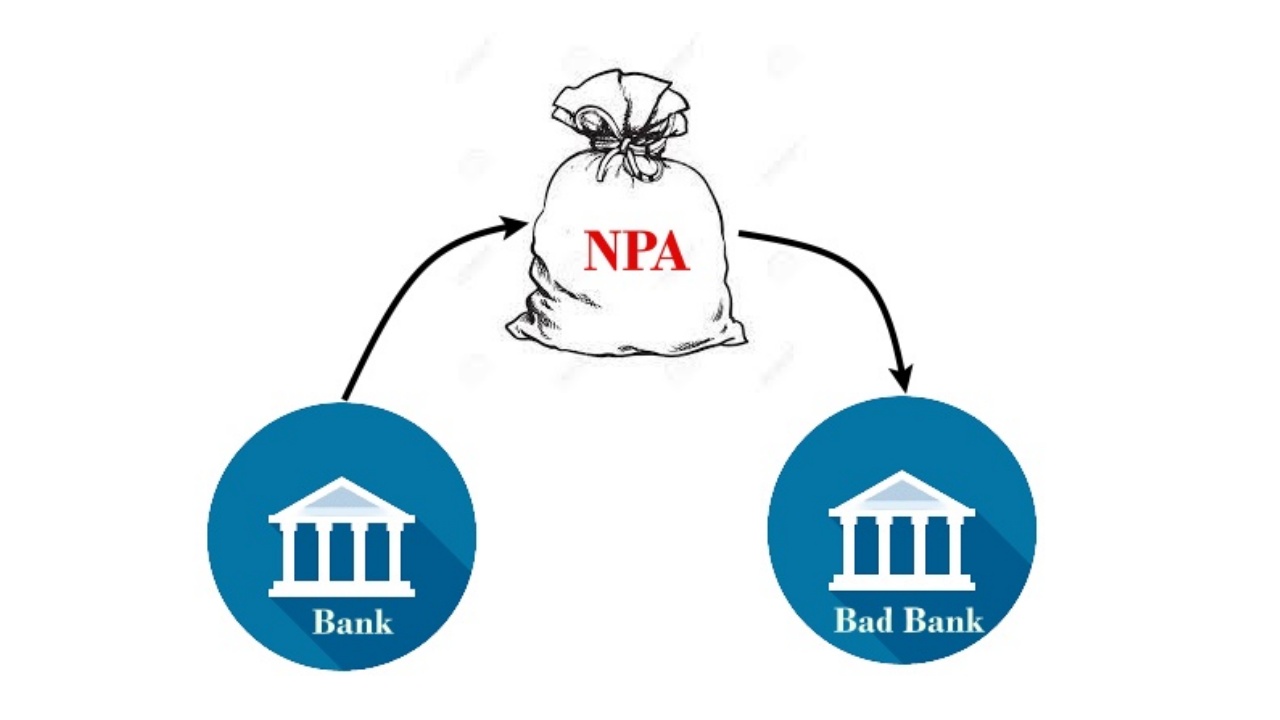5 years ago, people were expected to surrender currency notes of Rs.1,000 and Rs.500 for mandatory deposit into their bank accounts. These notes were outlawed for any other use except some temporary exceptions for specified purposes. Before the PM’s announcement on 8 November 2016, there were about Rs.18 lakh crore worth currency in circulation of which 85.7% was contributed by these 1000/500 denomination notes. The time lag between deposit in bank account and withdrawal from bank account for such a large swathe of cash caused undeniable distress and disruption in next few months.
Cash-dependent economic activities – which were and are very significant in our economy – definitely suffered. Contrary to hope in some quarters that a sizeable stock of the Rs.1000/5000 currency in circulation may not be surrendered, almost the entire stock came back to banks.
Government could not foresee the extent of corruption in note swap where unscrupulous currency holders in connivance with corrupt banking staff would deposit the cancelled currency notes in proxy / dormant accounts and instantly withdraw leaving many poor households with windfall gains or the responsibility to explain source of unexplained hefty deposits to taxmen!!
Bank deposits swelled and became a burden on banks because the banks are supposed to lend/invest the money they receive as deposits. Otherwise, how do they pay interest to depositors?
So in the short-term, say 6 months, there undeniably was an adverse impact on economic growth and banks’ balance sheets but anyone arguing that these adverse effects are still continuing or that there was no positive outcome is simply blinded by anti-government hate and has taken leave of reasoning.
Fresh currency that has come out in circulation since 2016 is much more than the money deposited in bank accounts post-demonetisation of 1000/500 notes. According to latest data from the Reserve Bank of India, ‘Currency in Circulation’ increased from Rs.17.97 lakh crore on November 4, 2016 to Rs.29.89 lakh crore on 5th November, 2021.
‘Currency with the Public’ increased from Rs.17.01 lakh crore on Oct 28, 2016 to Rs.28.26 lakh crore on Oct 22, 2021. (‘Currency with public’ is arrived at after deducting cash with banks from total currency in circulation.) Cash with public has shot up 211 per cent from Rs.9.11 lakh crore since November 25, 2016.
In value terms, the share of Rs.500 and Rs.2,000 banknotes together accounted for 85.7 per cent of the total value of banknotes in circulation as on March 31, 2021, as against 83.4 per cent as on March 31, 2020. No indent for Rs.2,000 note was placed with the note printing presses during 2019-20 and 2020-21. These facts speak for themselves.
Broadly, demonetised cash has been remonetised with established digital trail of money flow and that is a big systemic advantage for economic governance.
We don’t know whether all the money so deposited post-demonetisation has come out of accounts. Some may still be lying there. We can only surmise that most of the surrendered money was later withdrawn, fresh deposits and remittances were added to the bank accounts, more bank accounts have been opened since then. So a like to like comparison with Nov 2016 is not feasible.
The outstanding bank deposits on 31st March 2016 were Rs.100.9 lakh crore which increased to Rs.111.1 lakh crore on 31st March 2017. These outstanding bank deposits have further grown to Rs.155.17 lakh crore at end of August 2021 despite large swathe of currency in circulation and currency with public.
Currency in circulation has been steadily rising even though the government and RBI have pushed for digital payments and imposed restrictions on the use of cash in various transactions. Surprisingly, digital payments have also recorded impressive increase.
Digital payments through different modes are also on the rise, including plastic cards, net banking and Unified Payments Interface (UPI). UPI by the National Payments Corporation of India (NPCI) is fast emerging as a major medium of payment. UPI was launched in 2016 and UPI transactions have been growing month-on-month. In October 2021, UPI transactions totalled over Rs.7.71 lakh crore! A total of 421 crore UPI transactions were conducted last month. Digital payments through other non-UPI channels have recorded similar impressive increase.
In 2020-21, as many as 4370.63 crore Digital Payments totalling to Rs.1414.83 lakh crore were handled by banks out of total 4437.67 crore payments totalling Rs.1471.11 lakh crore.
The surge in every form of digital payments continues on the fifth anniversary of demonetisation — whether it is Unified Payments Interface (UPI), credit and debit cards or FASTag — demonstrating that the shift to digital as well as cash intensity are not mutually exclusive.
How do we explain the economic significance of both ‘Currency in circulation’ and digital payments increasing since November 2016 with surge in bank deposits as well? Does it point to a negative effect on economy?
The general refrain of demonetisation critics has been that it adversely dented the economy particularly the informal, cash-dependent economy.
If the demonetisation critics truly believe that all the demonetised currency that was deposited is back in circulation, albeit after agonising wait for some and after some have exchanged it at discount and suffered losses, then where is the loss to economy as a whole?
If their contention is that by withdrawing 85% currency from circulation (for a few weeks/months) government had damaged the cash-dependent economy then by their logic the economy with Rs.29.17 lakh crore cash in circulation should be stronger than the economy with Rs.17.74 lakh crore cash in circulation. Why are they squeamish about admitting it?
The answer is rather simple. ‘Currency in circulation’ as per RBI data merely means the total face value of currency notes that have left RBI cash vaults. These will per se not result in economic activity unless they are actually used in transactions. Idle cash sitting anywhere does not create economic activity. A 100 rupee note used 10 times for purchase of goods and services helps boost country’s GDP not a 1000 note lying idle somewhere.
Those opposed to DEMONETISATION refuse to see anything right and those refuse to see anything wrong, any gap or deficiency, in the decision or its implementation. The issue has got heavily politicised. Reality is never black and white but shades of grey. Real life outcomes are result of a combination of causes, net result of pluses and minuses. I venture to explain in the context of demonetisation.
There is nothing pure good or pure evil. There is no ‘THE policy’ or ‘THE solution’ to deal with any real life problem. Diagnosis varies, remedies vary and treatment outcomes vary. Ex post any one can pick up any diagnosis, any remedy or any outcome to praise or condemn. However, such selective approach to praise or criticise is obviously faulty. Sensible persons realise that everything is win some, lose some game of trade-offs. What matters is overall impact. Whether the net result – the sum total of positives and negatives – is positive or negative.
What were the positive long term effects of this note swap operation offsetting the short-term pain and disruption?
Firstly, the routing of currency through bank accounts at a time when most bank operations were computerised meant that digital trails of money flow got established which the taxmen can track.
This move combined with GST enforcement has resulted in improved tax compliance. More income tax and GST assesses have been registered in government system than were there before November 2016 and they are under track. Psychology and technology is being used to hound tax evaders.
The hopes that ‘black money’ held as cash will not return to banks giving the benefit of cancelling those liabilities to government were dashed when almost the entire money came back to the banking system. Crooks outsmarted the government and managed to exchange the cancelled notes even at hefty discounts. In this process, their black wealth got redistributed! Overall impact for the economy should be broadly neutral and loss to some compensated by gains to others.
Although expropriation of black money through cancellation of unreturned cash did not happen, the exercise ensured that the bank accounts with unexplained cash deposits continue to remain in the crosshairs of taxmen and to that extent there is definitely adverse effect on supply of black money in the system.
The real estate sector accounting for heavy use of cash continues to be subdued with a major source of unaccounted income being deployed there as blocked. It is certainly not fully sealed but the flow of black money in the sector has reduced considerably. Housing has become more affordable.
Secondly, the note swap has accelerated the process of financial inclusion and spread of banking services and resultant ‘formalisation’ of economy.
India is now ahead of China in financial inclusion metrics, with mobile and internet banking transactions rising to 13,615 per 1,000 adults in 2020 from 183 in 2015 and the number of bank branches inching up to 14.7 per 1 lakh adults in 2020 from 13.6 in 2015, which is higher than Germany, China and South Africa.
During past seven years, the number of no-frills bank accounts has increased to 43.7 crore with Rs.1.46 lakh crore lying there as deposits (on October 20, 2021). Of these, nearly two-thirds are operational in rural and semi-urban areas and over 78 per cent accounts are with state-owned banks, 18.2 per cent with regional rural banks, and three per cent with private banks. Public sector banks have opened 34 crore of these accounts.
Total number of bank branches in rural areas has increased from 33,378 in March 2010 to 55,073 in December 2020. Total number of banking outlets in villages/ banking correspondents (BCs) has soared from 5.86 lakhs in March 2016 to 12.4 lakh in December 2020..
What can broadly be concluded is that since demonetisation and GST implementation the formal segment of economy – those sellers who are registered with taxmen and sector regulators – have benefited because of the incentives and disincentives for formalisation offered by government. This is evidenced by data on income tax and GST collections which is directly related to their sales and incomes. Gross tax revenue of centre increased from Rs.14.56 lakh crore in 2015-16 to Rs.19 lakh crore in 2020-21 despite initial hiccups in GST implementation and the pandemic impact.
More and more informal segments of economy is converting into formal segments of economy. By its very nature, informal economy is one which does not report its sales to government and so the government has no way of knowing if they are doing better or worse. Any conclusion about informal sector economic agents can be a matter of estimation through proxy indicators or anecdotal evidence obtained by thrusting the mike at selected faces.
I may add that informal economy is not illegal economy. Many economic agents in informal sector are so small that they are exempt from tax and regulatory compliance burden. The problem arises from the tax evaders masquerading as small guys, using them as dummies, as front to hide their activities. With progressive reduction in cost and hassle of compliance burden, more economic agents would get formalised.
If somebody tells you: “The black cat sleeping in the dark is in deep pain, can’t even whimper!!” you know that the fellow is guided by his beliefs and prejudices, not by knowledge of observable/verifiable facts.
Same is true about many Cassandras pronouncing on negative consequences of DEMONETISATION in last 5 years. They have no data but only hunch and anecdotal evidence suffering from selection bias to form their opinions.
When hate blinds reason, no rational reasoning is possible. Otherwise, one would say this is positive, this is negative and this is the sum total, positive or negative.
Assessing demonetisation outcomes: Cassandras darting in the dark -Dr. Subhash Chandra Pandey




